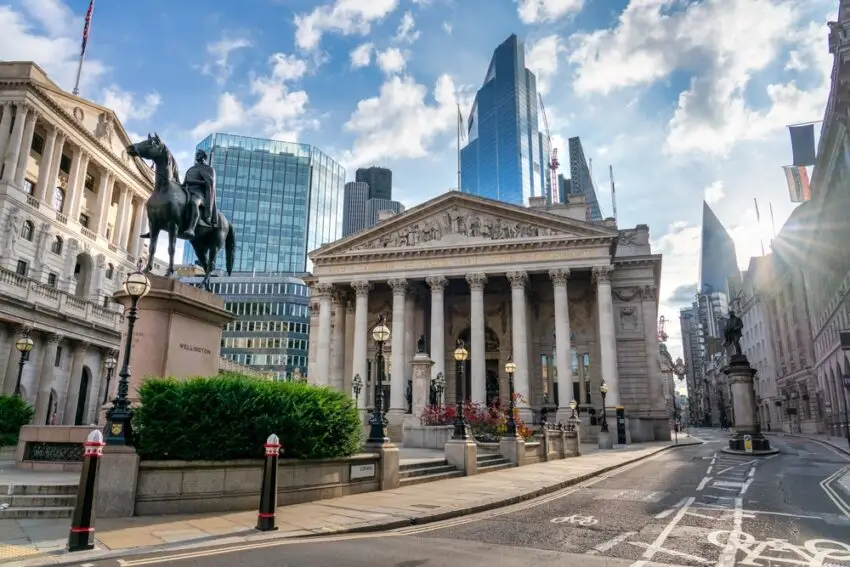The Bank of England has made a significant move by reducing interest rates to 5%, marking the first cut in over four years. This decision comes as a sigh of relief for homeowners and families who have been grappling with high living costs.
However, the decision wasn’t unanimous—five out of nine Monetary Policy Committee (MPC) members voted in favour of the cut. With inflation stabilising and signs of a rebalanced labour market, this move aims to address ongoing economic challenges.
Introduction to the Rate Cut
The Bank of England has cut interest rates to 5%, the first reduction in over four years. This decision has brought relief to homeowners and families, who have been struggling with high living costs. The Monetary Policy Committee (MPC) voted 5-4 to lower the base rate by 0.25 percentage points from 5.25%.
Reasons Behind the Cut
Interest rates had been rising since December 2021, starting from a low of 0.1%, to combat inflation. The decision came as inflation stabilised at 2% for the past two months, the lowest level since July 2021. The MPC cited evidence of labour market rebalancing and easing wage growth as reasons for the cut.
Impact on Homeowners and Savers
Banks are expected to lower mortgage rates soon, benefiting homeowners. However, savers might find their deals less attractive due to the cut. This marks a significant step in easing the UK’s cost of living crisis.
Inflationary Pressures and Supply Chain Issues
Supply chain disruptions and geopolitical tensions had previously driven UK inflation to a high of 11.1%. Governor Andrew Bailey stated, “Inflationary pressures have eased enough that we’ve been able to cut interest rates today.” However, he warned that borrowing costs would not decline rapidly.
Division Within the Committee
The 5-4 vote indicates a division within the MPC on the resilience of inflation. Some members argued that long-term interest rates might need to stay high to keep inflation in check.
Investors had anticipated a larger reduction in rates. The MPC is cautious that price pressures could persist even after energy costs decline.
Inflation is projected to rise to 2.75% in the second half of this year. The committee noted that services inflation remains high at 5.7%.
Economic Forecasts
The Bank of England upgraded its GDP growth projection to 1.25% for this year. This is up from a previous estimate of 0.5%, supporting the Labour government’s efforts to stimulate growth.
MPC members’ views on inflation and monetary policy were closely watched leading up to this decision. The Bank’s communication pause during the general election made identifying members’ inclinations challenging.
Political Reactions
The Labour government is likely to use this rate cut to showcase economic normalisation. Prime Minister Sir Keir Starmer has blamed the Conservatives for previous rate hikes.
Chancellor Rachel Reeves accused her predecessor of concealing £21.9 billion in overspending. She cancelled infrastructure projects and winter fuel allowances for some pensioners.
Reeves suggested potential tax increases in her upcoming budget, expected on October 30.
Future Plans
The MPC will outline its bond sales pace for the coming year at its next meeting in September. This will provide further insight into the Bank of England’s future monetary policy.
Market observers will closely watch these announcements, as they will impact both borrowing and saving rates.
Conclusion
The Bank of England’s decision to cut interest rates is a significant step in addressing the cost of living crisis in the UK. While it brings relief to many, the future economic landscape remains complex and uncertain.
The Bank of England’s decision to cut interest rates to 5% marks a notable turning point in addressing the UK’s cost of living crisis. While offering relief to many, the economic future remains uncertain and complex. Continued vigilance and careful management will be crucial for ensuring long-term stability.


